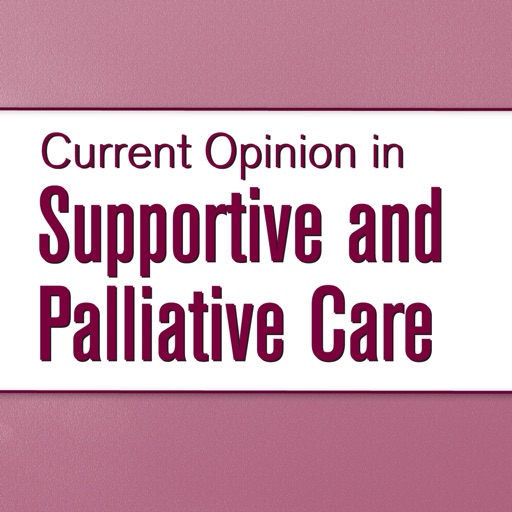 “An increasing number of patients are turning to cannabis and cannabinoids for management of their palliative and nonpalliative cancer pain and other cancer-related symptoms.
“An increasing number of patients are turning to cannabis and cannabinoids for management of their palliative and nonpalliative cancer pain and other cancer-related symptoms.
Canadians have a legal framework for access to medical cannabis, which provides a unique perspective in a setting lacking robust clinical evidence. This review seeks to delineate the role of cannabis and cannabinoids in cancer pain management and offers insight into the Canadian practice.
RECENT FINDINGS:
A cohort study using nabiximols on advanced cancer pain in patients already optimized on opioids, over 3 weeks, demonstrated improved average pain score. A large observational study of cancer patients using cannabis over 6 months demonstrated a decreased number of patients with severe pain and decreased opioid use, whereas the number of patients reporting good quality of life increased.
SUMMARY:
Good preclinical animal data and a large body of observational evidence point to the potential efficacy of cannabinoids for cancer pain management. However, there are relatively weak data pointing to clinical efficacy from clinical trial data to date. In Canada, the burgeoning cannabis industry has driven the population to embrace a medicine before clinical evidence. There remains a need for high-quality randomized controlled trials to properly assess the effectiveness and safety of medical cannabis, compared with placebo and standard treatments for cancer-related symptoms.”
https://www.ncbi.nlm.nih.gov/pubmed/32332209
https://journals.lww.com/pages/results.aspx?txtKeywords=10.1097%2fSPC.0000000000000493


 “Over the last two decades, affirmative diagnoses of osteoarthritis in the United States have tripled due to increasing rates of obesity and an aging population.
“Over the last two decades, affirmative diagnoses of osteoarthritis in the United States have tripled due to increasing rates of obesity and an aging population. “Cannabis has been used to relieve the symptoms of disease for thousands of years. However, social and political biases have limited effective interrogation of the potential benefits of cannabis and polarised public opinion.
“Cannabis has been used to relieve the symptoms of disease for thousands of years. However, social and political biases have limited effective interrogation of the potential benefits of cannabis and polarised public opinion. “The pathophysiological relevance of the endocannabinoid system has been widely demonstrated in a variety of diseases including cancer, neurological disorders, and metabolic issues. Therefore, targeting the receptors and the endogenous machinery involved in this system can provide a successful therapeutic outcome.
“The pathophysiological relevance of the endocannabinoid system has been widely demonstrated in a variety of diseases including cancer, neurological disorders, and metabolic issues. Therefore, targeting the receptors and the endogenous machinery involved in this system can provide a successful therapeutic outcome. “The approval of 9-δ-tetrahydocannabinol (THC)+
“The approval of 9-δ-tetrahydocannabinol (THC)+ “Inflammatory bowel diseases (IBD) are characterized by a chronic and recurrent gastrointestinal condition, including mainly ulcerative colitis (UC) and Crohn’s disease (CD). Cannabis sativa (CS) is widely used for medicinal, recreational, and religious purposes. The most studied compound of CS is tetrahydrocannabinol (THC) and
“Inflammatory bowel diseases (IBD) are characterized by a chronic and recurrent gastrointestinal condition, including mainly ulcerative colitis (UC) and Crohn’s disease (CD). Cannabis sativa (CS) is widely used for medicinal, recreational, and religious purposes. The most studied compound of CS is tetrahydrocannabinol (THC) and  “Hemp (Cannabis sativa L.) has become widely used in several sectors due to the presence of various bioactive compounds such as terpenes and
“Hemp (Cannabis sativa L.) has become widely used in several sectors due to the presence of various bioactive compounds such as terpenes and  “Cannabis use in the management of musculoskeletal diseases has gained advocacy since several states have legalized its recreational use.
“Cannabis use in the management of musculoskeletal diseases has gained advocacy since several states have legalized its recreational use. “This preliminary study examines whether daily CBD dose of 15-25 mg/kg produces cerebral macrostructure changes and, if present, how they relate to changes in seizure frequency.
“This preliminary study examines whether daily CBD dose of 15-25 mg/kg produces cerebral macrostructure changes and, if present, how they relate to changes in seizure frequency.